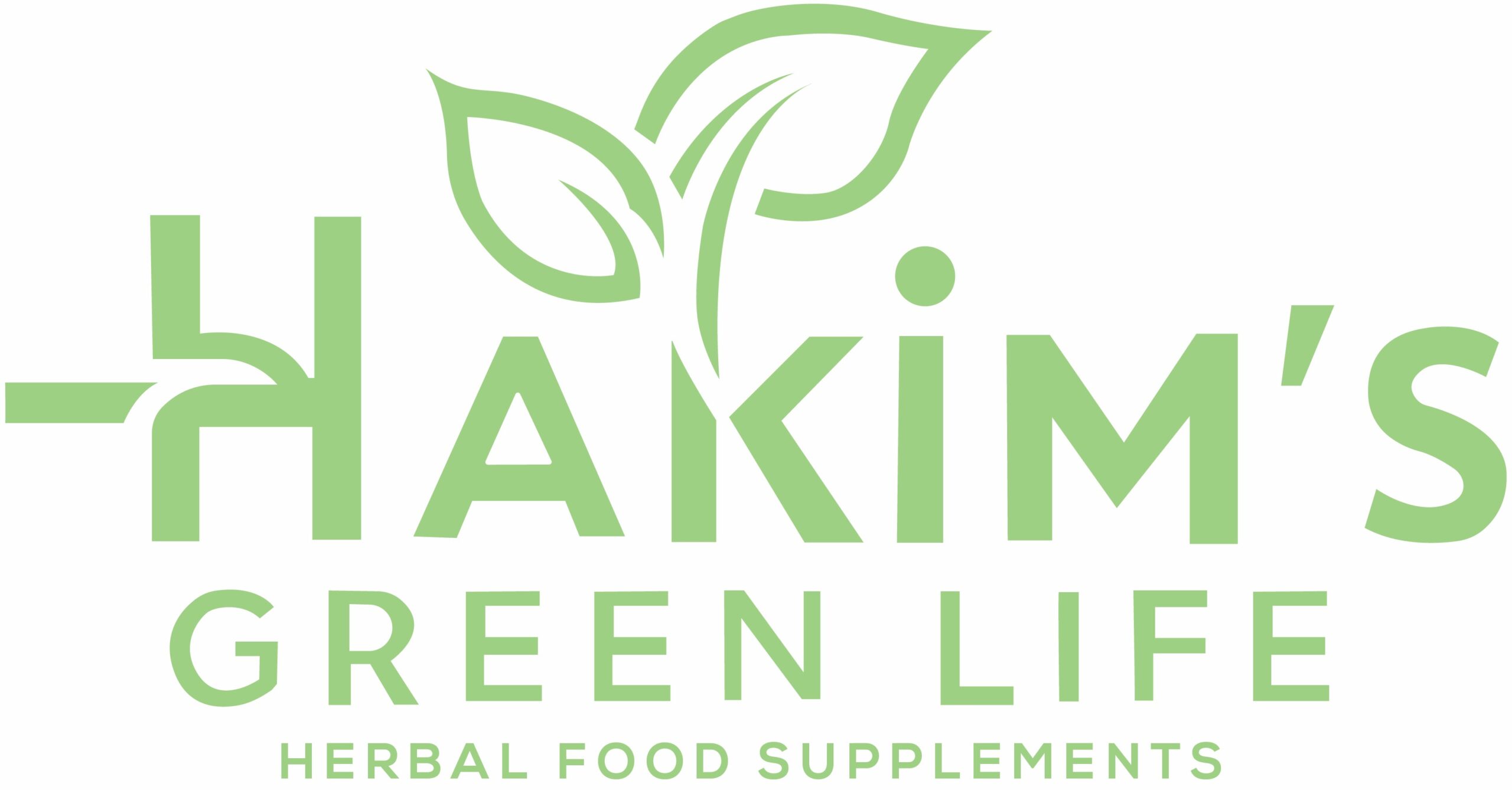
Ayurved, India’s holistic, integrated, physiotherapeutic medical system is based upon the universal natural law of balancing the five elements (ether, air, fire, water and earth) that make up the physical body. Hakim’s Green Life, When one or more of these elements go out of balance because of improper diet and life style, various diseases and mental disturbances can manifest
Diabetic ketoacidosis (DKA) is a serious complication of diabetes that occurs when your body produces high levels of blood acids called ketones. It’s most commonly associated with type 1 diabetes, but people with type 2 diabetes can also develop it under certain circumstances, such as during periods of illness or extreme stress.
Here are some key points to know about DKA:
1. Insulin Deficiency: DKA typically occurs when there isn’t enough insulin in your body to allow glucose (sugar) to enter your cells for energy. Without enough insulin, your body begins to break down fat for energy, leading to the production of ketones, which can build up in your blood and urine.
2. Symptoms: Symptoms of DKA can develop rapidly and may include excessive thirst, frequent urination, nausea, vomiting, abdominal pain, fruity-scented breath, rapid breathing, confusion, and fatigue. If you experience these symptoms, especially if you have diabetes, it’s important to seek medical attention immediately.
3. Risk Factors: Several factors can increase your risk of developing DKA, including not taking enough insulin, illness or infection, missed insulin doses, certain medications, physical or emotional stress, and other medical conditions.
4. Diagnosis: DKA is diagnosed through blood and urine tests that measure blood glucose levels, ketone levels, and electrolyte levels. These tests help determine the severity of DKA and guide treatment.
5. Treatment: Treatment for DKA typically involves replacing lost fluids and electrolytes, correcting high blood sugar levels with insulin therapy, and addressing any underlying cause, such as infection or illness. In severe cases, hospitalization may be necessary for close monitoring and intravenous fluids and insulin administration.
6. Prevention: You can reduce your risk of developing DKA by carefully monitoring your blood sugar levels, taking insulin or other diabetes medications as prescribed, staying hydrated, eating a healthy diet, exercising regularly, and being vigilant about managing any illnesses or stressors that may arise.
7. Complications: If left untreated, DKA can lead to serious complications, including coma and even death. Prompt medical treatment is essential to prevent these complications and restore proper metabolic function.
8. Long-Term Management: After recovering from DKA, it’s important to work with your healthcare team to develop a plan for long-term diabetes management, including regular monitoring of blood sugar levels, adherence to medication regimens, lifestyle modifications, and ongoing education and support.
Overall, understanding the signs, risk factors, and treatment options for diabetic ketoacidosis is crucial for effectively managing diabetes and preventing potentially life-threatening complications.
Hakim’s DB Green – Diabetes Care
This herbal formulation gives effective results helping control worst cases of Diabetes. A regular course reactivates and strengthen pancreases which is responsible controlling the sugar level by producing insulin in the body. It boost up energy levels which leads to an active and healthy lifestyle you can. It’s completely Ayurvedic Proprietary Medicine with NO SIDE EFFECTS.
Hakim’s Green Life

